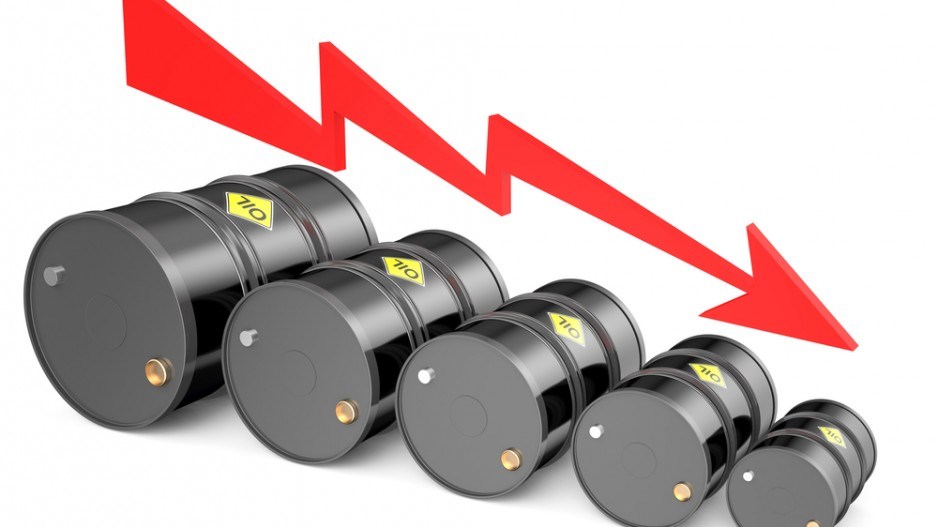Falling oil prices have led to a $1 trillion investment gap in oil and gas development worldwide.
“The impact of falling oil prices on global upstream development spend has been enormous. Companies have responded to the fall by deferring or cancelling projects and costs have also fallen,” said Malcolm Dickson, Principal Analyst at Wood Mackenzie in a press release.
Future upstream development spending from 2015 to 2020 has dropped by 22% since oil prices started to fall in late 2014. (Upstream development refers to investment in the initial steps of extracting oil, including finding, testing and drilling.)
Global upstream investment has been cut by US$740 billion and conventional exploration investments fell by US$300 billion.
Capital expenditures are also down by US$340 in 2016 and 2017, meaning that the price drop is affecting oil companies’ assets.
According to Wood Mackenzie, nearly every oil producing country has seen some form of cuts to capital investment.
The largest capex cuts were in the continental United States, where capital spending was halved in 2016 and 2017 as a result of a cut in onshore drill rig count of over 50%.
“Although exploration investment has more than halved since 2014…costs have not been cut as much and as quickly as we expected. Some deepwater exploration spend has been protected by long rig contracts, but as these unwind we expect sharper cuts than in non-deepwater," said Andrew Latham, Vice President of exploration research at Wood Mackenzie.
These global cuts to capital assets required to extract and refine oil have ultimately affected global production. Wood Mackenzie has projects a production deficit of 7 billion barrels of oil between 2016 and 2020 with onshore U.S. drilling to account for 70% of the fall.
Although there has been a global investment drought the Middle East is still awash with both oil and capital. Several countries there have and will continued to invest in drilling despite falling prices in a bid to maintain market share and prevent new completion from entering the market. Saudi Arabia is one of these countries and will not see a drop in spending or investment between 2016 and 2017.
@albertvs92




